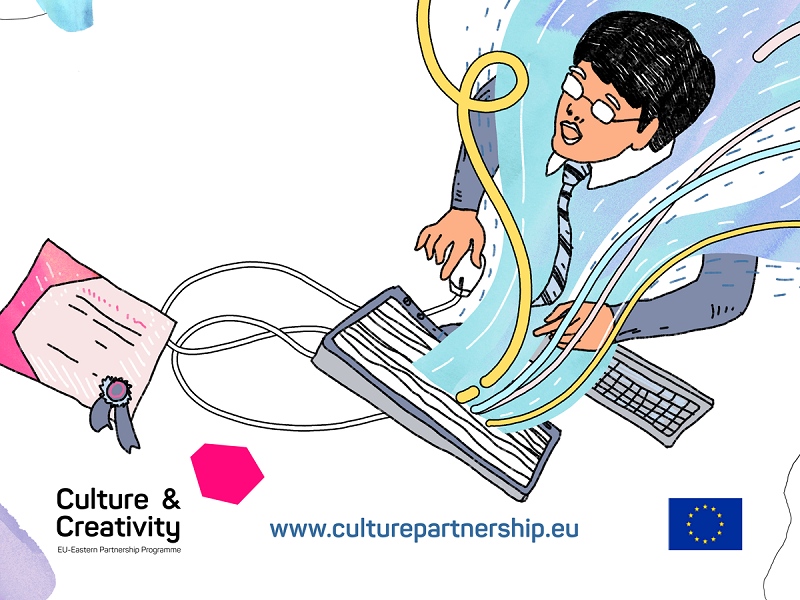
Sarhat Petrosyan: "We promote life in a healthy and high-quality environment"
In 2010, together with a number of young people and artists we managed to save the demolition of the summer hall of cinema "Moscow". This was followed by steps of formulation of professional positions on a number of other contentious issues of urban environments, due to the construction in the Republic Square and in some public areas (including green) of Yerevan.
urbanlab, which was founded in 2011 by several young people, is a unique institution for democratisation processes of urban planning. It is a research project organisation, which seeks to improve the quality of the human environment on the basis of the principle of participation in decision-making, to defend the right of people to live in a healthy and high-quality environment. It aims to increase the importance of the social role of those responsible for the formation of this environment: architects, town planners and other related professionals.
Everyone can identify cultural heritage of Yerevan
Among most successful projects I would like to mention our latest project, "Mapping Alternative Heritage of Yerevan". Currently, mapping of the project, titled “Other Yerevan”, is being carried out. In my opinion, it is successful, since we receive a lot of feedback.
OtherYerevan.am is a virtual museum of modern cultural and architectural heritage of Yerevan. It helps to identify and map valuable historical and cultural city environments, seeking to promote their preservation and evaluate the lost assets with the fast urban construction. With a rich heritage, Armenia does not seem to pay enough attention to modern era’s heritage, part of which was damaged or destroyed.
_3.png)
During the project, the research team together with architects, artists, art historians and other experts, has identified the most important elements and issues of Yerevan heritage preservation. Phone application development has been initiated which will allow to discover the city during a walk or will give an opportunity to propose additions to the list of the city's heritage.
There is a lack of professionalism
In order to have a successful project, firstly, it is necessary to develop the right idea, and secondly, to ensure proper management. Demand should be formed before supply is created and its spread. Currently, cultural projects in Armenia are small and not professional; many of them cannot be shown outside Armenia. Our field needs to become more professional. This is one of the most important issues.
Organisations that are not specialised in culture hinder the development of the cultural sector
In order to create favourable conditions for the development of cultural and creative sectors in Armenia there are both political and economic problems as well as problems associated with abilities and thinking. I think especially the last two can provide significant development, given the existing opportunities. As part of the abilities I would emphasise the functioning of so-called "semi-cultural" organisations in the cultural sphere, that are not specialised in culture and impede the actual development and self-realisation. Regarding thinking, as I mentioned a few times during the Euro East Culture meetings, it is important to completely change the attitude of the subjects of the cultural sector towards the public system, promote the expansion of their independence and improve self-regulatory capacities.
---
Sarhat Petrosyan is the founder and the director Yerevan-based urbanlab urban think and do tank. He did his Master’s at the Armenian National University of Architecture and Construction and received his PhD in the field of architecture from the same university. Since 2004, he has taught at the Department of Urban Planning of the same university. His professional interests include development of urban policy and high-quality urban environments. He is the author of a dozen scientific articles and numerous publications and co-author of two guidances. In 2011 he was elected as a member of the governing body of the Union of Architects of Armenia.




